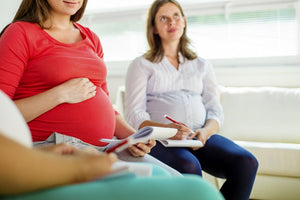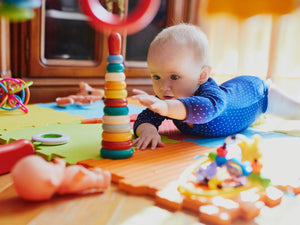With lockdowns and quarantines hurting mental health, and redundancies and cut hours hurting hip pockets, people all over Australia are doing it tough in 2020.
Yet, as much as this year has been a test of endurance, it has also been instructive in the working arena. Extended periods without access to offices and employees has meant businesses needed to adapt to survive. In many cases, this meant developing infrastructure to support flexible working arrangements on a scale we’ve never seen before.
The Flexible Working Win
If you’ve read our previous articles on the benefits of flexible working arrangements and family friendly workplaces, you know how much a flexible future would benefit Australians.
Prior to COVID-19, employers were already testing the waters of flexible hours and work from home schemes, and the benefits were well documented.
Giving employees the latitude to work around the other important things in their lives makes for a more productive and happier workforce. Studies also commonly found reduced employee turnover rates, increases in motivation and satisfaction, as well as the ability for companies to attract a more diverse and skilled range of workers who needed to rely on flexible work schemes.
Family Friendly Future
As 2020 draws to a close, polling has shown that 48% of employees will likely continue to work remotely, at least some of the time. For companies this represents a win for all the reasons outlined above, but for families and mothers this is an incredible opportunity.
Even as working conditions for young parents and mothers have gradually improved, the true hurdle has always been the immovable nine-to-five work schedule. For mums looking to take parental leave, or families who need someone to do school runs, flexible work is the difference in having to choose between family and a career.
So as the year comes to an end, we hope to see companies continue to take advantage of 2020’s lessons and the new flexible working infrastructure they’ve had to develop. Recognising that flexible workers are productive and trustworthy will go a long way to supporting the people who always needed this as an option.
Encouraging young mums and families back into the workplace will result in a happier and more financially secure future than ever before, and that’s something we think everyone can get behind.
With our range of antenatal education and online antenatal classes, young parents can build their skills and confidence.
Our Products
-

01. Guide to a Healthy Pregnancy
$55 -

02. Positive Birthing Course
$55 -

03. Infant Feeding Guide
$55 -

04. Baby Sleep Guide - First 12 Months
$55 -

05. Toddler Parenting Course 1 - 3 Years
$55
-
 When to Start Antenatal Classes?
When to Start Antenatal Classes?
Becoming a parent is an incredible milestone, but it comes with a host of changes that can be daunting, especially for first time parents. Antenatal classes are all about offering expectant parents the education they need to make informed decisions, look after their bodies and care for their newborn babies. While you probably already have a long list of things you need to accomplish during your pregnancy, it’s a good idea to make time to attend antenatal classes.
-
 Development Milestones 4-8 Months
Development Milestones 4-8 Months
As they reach the middle of their first year, you'll start to see bigger leaps in their growth and ability!
In this article, we’re going to discuss your baby’s developmental milestones between 4-8 months, and what you can expect along the way.





 When to Start Antenatal Classes?
When to Start Antenatal Classes?
 Development Milestones 4-8 Months
Development Milestones 4-8 Months








